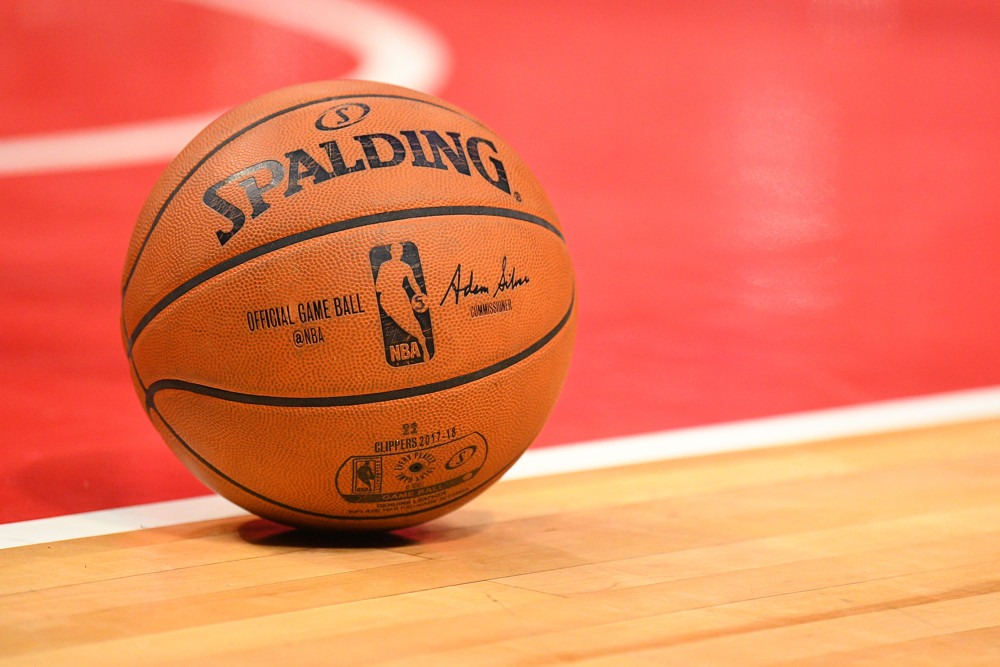
Over the next few weeks, we’re evaluating every SEC player that has a chance of going pro and looking at their strengths and weaknesses as the 2018 NBA Draft approaches.
Next up is Texas A&M big man Tyler Davis, who has been the unquestioned leader of the Aggies throughout his time in College Station. His pairing with fellow NBA prospect Robert Williams over the last two seasons has proven to be one of the most unstoppable combinations in the SEC.
Should Davis remain in the draft and not return to Texas A&M, it will be a welcome sight to the rest of the SEC as he was voted by the coaches onto the SEC All-Freshman team in 2015, Second-Team All-SEC in 2016, and First-Team All-SEC in 2017.
Let’s take a look at his diagnostic information, his strengths and weaknesses, and what range he falls into heading into June’s draft.
Diagnostic Information
- Name: Tyler Davis
- Height: 6’10”
- Weight: 265 lbs.
- Points Per Game: 14.9
- Assists Per Game: 1.3
- Rebounds Per Game: 8.9
- Field-Goal Percentage: 58.5%
- Three-Point Percentage: 28.0%
- Free Throw Percentage: 62.3%
- Points Per 100 Possessions: 28.8
- Assists Per 100 Possessions: 2.4
- Rebounds Per 100 Possessions: 17.3
Strengths
- Rebounding
Davis has a very pronounced strength rebounding the basketball, especially on the offensive glass.
He posted a monstrous 11 offensive rebounds against top 2019 draft prospect Daniel Gafford and Arkansas, which was the second-highest total of any player in college basketball this season.
Davis knows how to use his body to position himself under the rim to get rebounds at high rates, which will translate nicely to the NBA sphere.
- Post scoring
Davis has been one of the most effective back-to-the-basket scorers in the nation over the past few years, showing off a vast arsenal of post moves that was the bread and butter of his offensive game.
He demonstrated his scoring ability against the top competition in college basketball, such as Gafford (Arkansas), DeAndre Ayton (Arizona), Sagaba Konate (West Virginia), and Chimezie Metu (USC).
Being able to score reliably around the basket is quite valuable moving from college to the NBA and should provide a marketable skill that Davis can utilize when he gets to the league and tries to find a niche quickly.
Weaknesses
- Athleticism
At Davis’s size, he really lacks burst around the rim to get up and finish over rim protecting big men.
He plays below the basket most of the time, which won’t help his pro potential moving forward, as dominant shot blockers will give him a tough time to finish around the rim offensively, as well as defending those same athletic bigs on the defensive end.
If Davis can’t be more spry, he’ll have problems competing on both ends of the floor at the NBA level.
- Shooting range
Davis has a very slow shot from outside of the paint, and with his relative struggles percentage-wise (28 percent last season at A&M), he’ll need to improve that aspect of his name to improve his pro potential.
A lot of scouts view Davis as a stretch big in the NBA, but if he’s unable to shoot at a high level, that obviously won’t be possible in his range of outcomes.
Draft Range
Davis was one of the best centers in the SEC last season based on his rebounding prowess and low-post scoring that he demonstrated consistently throughout the season.
Unfortunately for him, the lack of athleticism and shooting will make him simply a developmental piece that could result in spending a lot of his early years in the G-League or overseas.
Prediction: Late 2nd round pick or undrafted
